Cannes 2021: The 15 Best Movies from This Year’s Festival

- Oops!Something went wrong.Please try again later.
- Oops!Something went wrong.Please try again later.
This year’s Cannes Film Festival would have been a momentous occasion even if the films failed to deliver. Taking place in July instead of May after the 2020 edition was canceled, the very existence of the glitzy red-carpet cinematic celebration represented something of a comeback for the global film industry. Fortunately, the program didn’t disappoint, either. Major directors and rising stars alike made the trip to the French Riviera for one of the strongest selections in recent memory: a wide range of movie experiences from around the world that made the case for the survival of the art form, however it gets out into the world. Here are the 12 best movies from the 74th edition. (For more of IndieWire’s Cannes coverage, go here.)
“After Yang” (Kogonada)
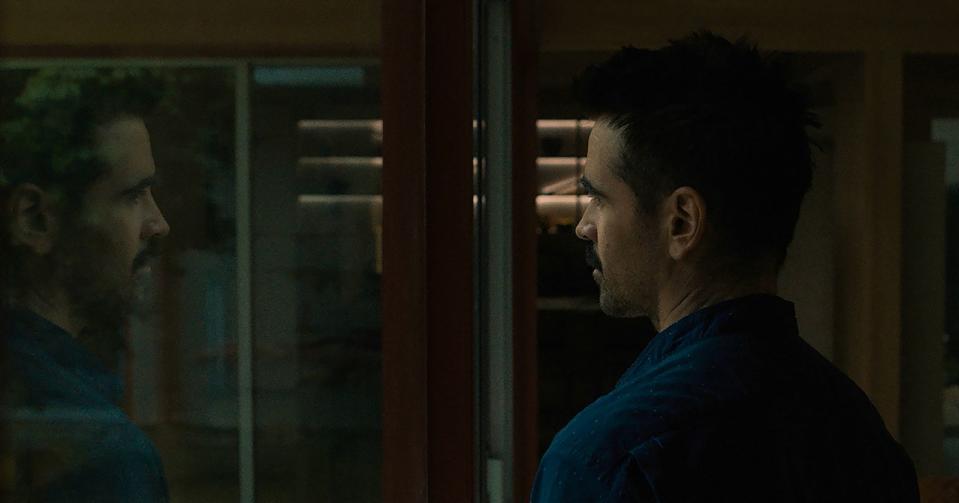
More from IndieWire
Specialty Distribution Is Changed Forever. Here's What Cannes Taught Us About the New Normal
The Best Movies of the 2021 Cannes Film Festival, According to 31 Critics
More speculative than “Columbus” yet no less poignant, Kogonada’s second feature is the kind of cozy sci-fi marvel that can only be made by someone with an incorruptible belief in the life of objects and the humanity of all things. Adapted from a wry piece of short fiction by the writer Alexander Weinstein and set at some unknown point in the future, “After Yang” tells the story of a tea seller named Jake (a delicate and downcast Colin Farrell) who’s forced to make the equivalent of a Genius Bar appointment when the lifelike android (Justin H. Min) he bought as a robot sibling and cultural resource for his adopted Chinese-born daughter stops working. To Jake’s surprise, it turns out that replacing Yang’s role in his house and their family won’t be as simple as buying a newer model. And when it seems clear that Yang may never come back online, Jake unexpectedly begins to mourn the robot’s loss in a very different way than one might grieve a broken toaster or a bricked laptop.
Through its quiet portrait of loss and reclamation, “After Yang” whispers a powerful fable about an all too present tomorrow in which people are more intimate with technology than their own families. Few movies have ever felt so knowing or nonjudgmental toward the love that we divert onto material things, and even fewer have so earnestly speculated that those things might be able to love us back. —DE
“Ahed’s Knee” (Nadav Lapid)
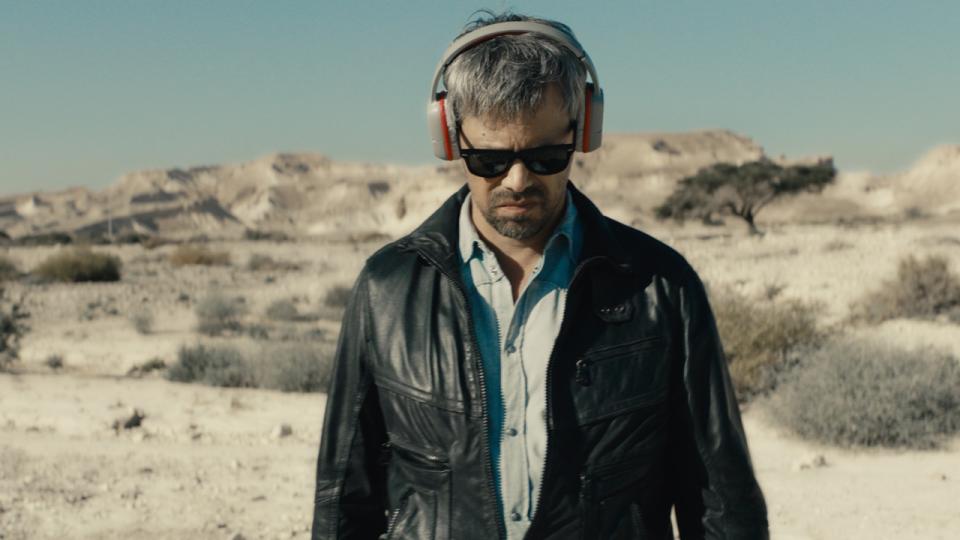
Nadav Lapid has now made four searing films about his self-conflicted relationship with Israeli national identity and all that comes with it, but “Ahed’s Knee” (his follow-up to the astonishing 2018 Berlinale winner “Synonyms”) is more palpably wracked by mixed feelings than any of his previous semi-autobiographical work for the simple reason that it’s about a filmmaker grappling with the failures of his own lost cause. Lapid’s cinema has never been presumptuous enough to think that it could help save Israel from being swallowed into the Dead Sea, but this latest example — the story of a director who confronts Israeli censorship and the three-dimensional people who enforce it when he attends a screening of one of his movies in a remote desert town — is his first movie to resign itself to life aboard a sinking ship. It’s less concerned with survival than it is with how people manage to keep their balance and stay on their own two feet as the whole country rolls to the right underneath them.
If “Synonyms” was a howl, “Ahed’s Knee” is the spittle that was still left in Lapid’s mouth when it was over. It’s a smaller and less electrifying film — as contained and implosive as its title’s reference to Éric Rohmer would suggest — but also one that cuts to the heart of Lapid’s visceral genius and cauterizes the open wound at the center of his body of work. In many ways it feels like a capstone for everything he’s done so far, while in others (especially its knotted generosity) it seems to point a new path forward for one of the world’s most irrepressible filmmakers. —DE
“Bergman Island” (Mia Hansen-Løve)
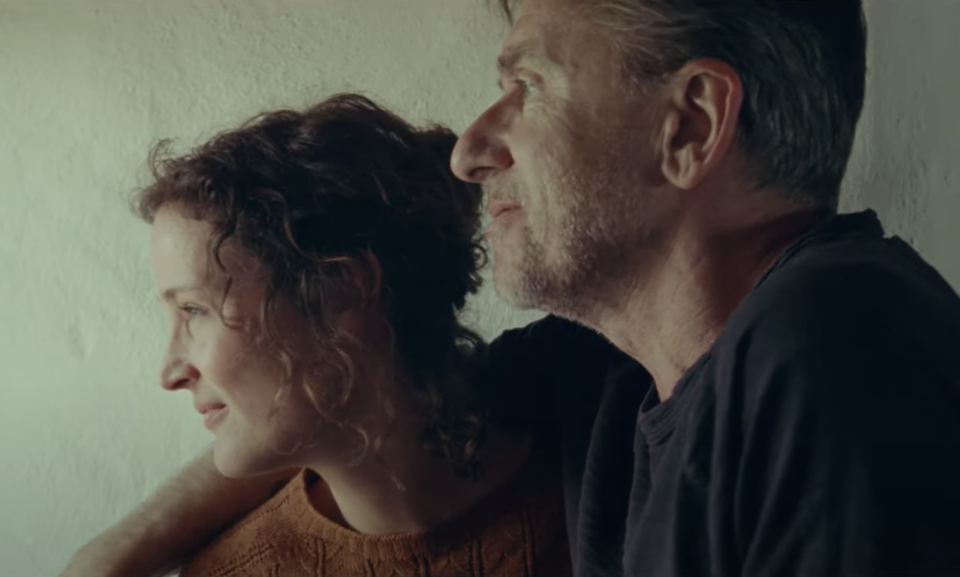
Telerama
Writer/director Mia Hansen-Løve digs into autofiction with her alter-ego writer/director (magnetic Vicky Krieps) married to an older, more confident and lauded auteur (Tim Roth as a version of the director’s ex, Olivier Assayas). The filmmaker conjures up Ingmar Bergman’s “Scenes from a Marriage,” “Smiles of a Summer Night,” and “Wild Strawberries” as the couple settles into an idyllic summer retreat at his home on Faro Island, complete with screenings, lectures, bicycling, and island tours. As the two writers each explore new stories, we dive into a movie within a movie, as Mia Wasikowska and Norwegian actor (and doctor) Anders Danielsen Lie (“22 July”) come together at a wedding and reignite a bittersweet romance. This could be a major arthouse hit for cinephiles. —AT
“Compartment No. 6” (Juho Kuosmanen)

Finnish director Juho Kuosmanen’s second feature takes a familiar odd-couple formula and gives it a fresh spin. The story of aimless college grad Laura (Seidi Haarla) finds the young woman finishing school in Moscow and deciding to leave her girlfriend behind for a train ride to see some petroglyphs at a remote locale. That ambitious journey turns into an endurance test once she finds herself stuck in a small train car with a hard-drinking skinhead Ljoha (Yuriy Borisov) as a roommate. But Ljoha just wants to have a good time, and eventually, his rough-but-amiable overtures rub off on her as the pair gradually realize they share some common ground in their mutual sense of displacement. A sweet tale of cross-cultural bonding with a hard-edged spirit, “Compartment No. 6” finds its central characters bickering their way across the frosty Russian countryside as they realize that the journey is the real destination. That’s a fairly obvious point, of course, but Kuosmanen’s actors deliver such endearing performances that it’s always fun to watch them sort through the nature of the trip. Its climactic act, an adventurous attempt to reach the finish line against dire circumstances, takes the movie into survival territory as the filmmaker makes it clear that these two lost souls have found their calling in the reckless abandon they bring to realizing their goal — and we’re right there with them. —EK
“Cow” (Andrea Arnold)

Cannes
“Cow” opens with the closeup of a gooey calf yanked from the vaginal canal, and follows its mother all the way through her rough, solitary existence. The small miracle of director Andrea Arnold’s experiential documentary is that it enacts its simple premise in straightforward terms, but assembles them into a profound big picture. Her subject, a dairy cow named Luma, grows up under the tutelage of farmers who seem, for all intents and purposes, looking out for her best interests. However, with Arnold centralizing her subject’s gaze, even their kindly background roles come into question. As Luma endures the monotony of her routine, “Cow” grows into a stirring, often sad contemplation of a life reduced to resources. —EK
“Drive My Car” (Ryûsuke Hamaguchi)
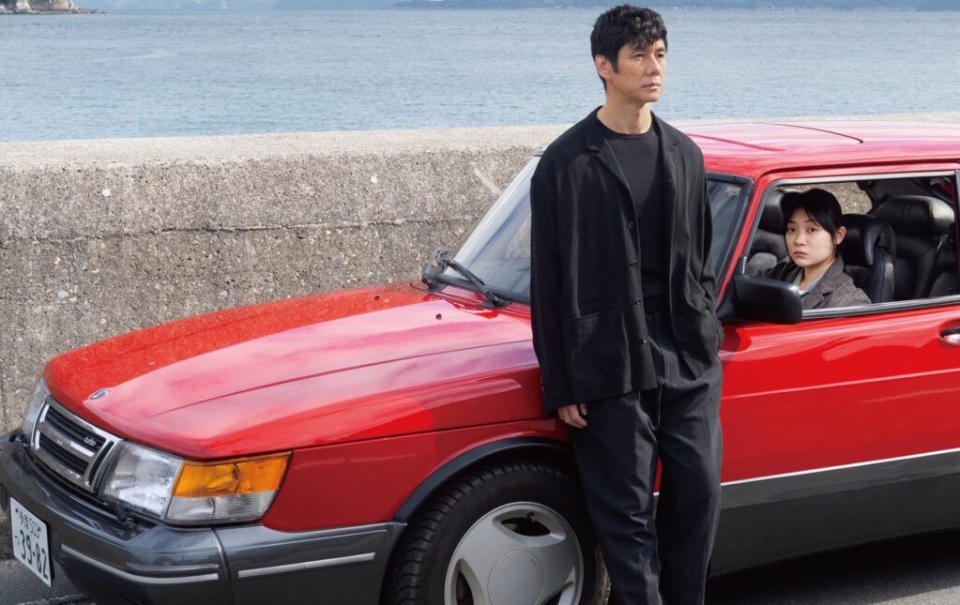
Adapted by “Happy Hour” and “Asako I & II” auteur Ryûsuke Hamaguchi from a short story by Haruki Murakami, “Drive My Car” is a head-on collision between an emerging filmmaker fascinated by the interior lives of women, and a famous author who… is not (to say nothing of his other charms, Murakami is more into mysterious pixie dream girls). But these two wildly disparate storytellers aren’t the only people vying for control of the wheel in this beguiling three-hour gem, as a third major figure is soon introduced to help steer them in the same direction: legendary playwright Anton Chekhov. The result is a low-key but effective tale about a strange chapter in the life of a grieving theater director — an intimate stage whisper of a film in which every scene feels like a secret. When Yūsuke (Hidetoshi Nishijimai) agrees to stage his unique version of “Uncle Vanya” in Hiroshima, he still listens to his dead wife’s recordings of the text while driving around. Yūsuke is reluctantly forced to extend his trust to the 23-year-old driver (Tôko Miura) who’s been assigned as his chauffeur; he puts her life in his hands, and she controls that Saab with such assurance that Yūsuke often forgets he’s in a car at all. If only the actors in his play could sync up so well. For all of his loquaciousness and literary flow, Hamaguchi never loses sight of the psychosexual intrigue that fuels Murakami’s story. “Drive My Car” encourages us to find our own solace in the silence beyond words, and insists that even the people we love most are liable to get lost in translation. —DE
“A Hero” (Asghar Farhadi)
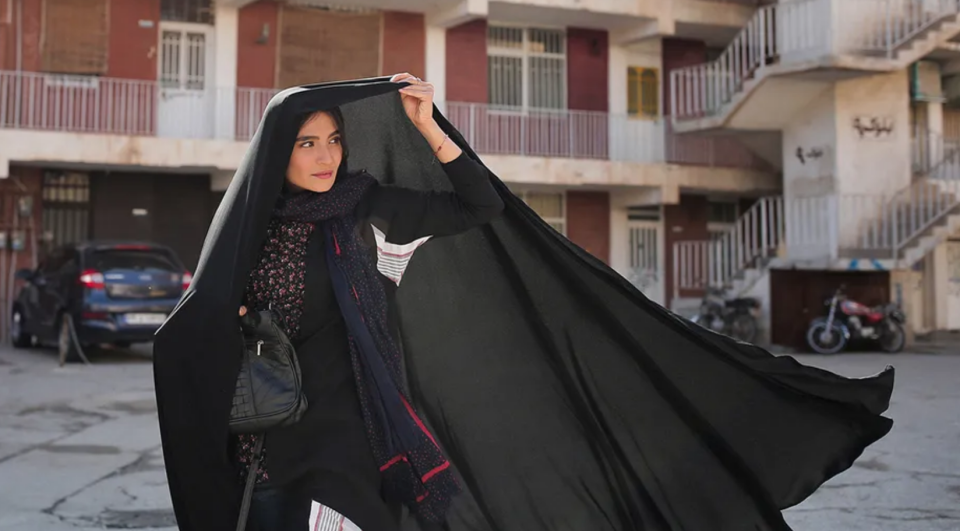
Asghar Farhadi returns to Iran for an absorbing tale of good intentions gone wary. Amir Jadidi delivers a mesmerizing performance as Rahim, a fragile young man on a two-day leave for prison whose girlfriend (Sahir Goldoust) comes across a bagful of gold coins that just might be enough to pay off his debt. Instead, Rahim decides to do the right thing, returning the bag to its rightful owner and becoming a viral celebrity for his good deed. Of course, no good deed goes unpunished, as questions arise about whether Rahim has been forthright about the source of the money and fake news threatens to turn his already broken life into an even greater state of disarray. As always, Farhadi’s intricate script unfolds with Russian doll-like precision, as bureaucracy and communal arguments pile up that further complicate the scenario and lead to deeper questions about the root of the problem at hand.
But Farhadi’s structural precision never comes at the expense of the emotions baked into his material, as Rahim struggles with the pressure to embrace his newfound celebrity without exploiting the needs of his young son — who suffers from a stutter — or lying about his intentions. Despite the cultural specificity of the setting, Farhadi’s work has universal resonance and the premise of “A Hero” wouldn’t look out of place in Frank Capra’s oeuvre. And like that ultimate everyman director, Farhadi’s well-intentioned protagonist faces a moral dilemma that becomes our own. It’s the ultimate “what would you do?” movie, and one sure to inspire fervent debate when Amazon releases it this fall. —EK
“Lingui, the Sacred Bonds” (Mahamat-Saleh Haroun)
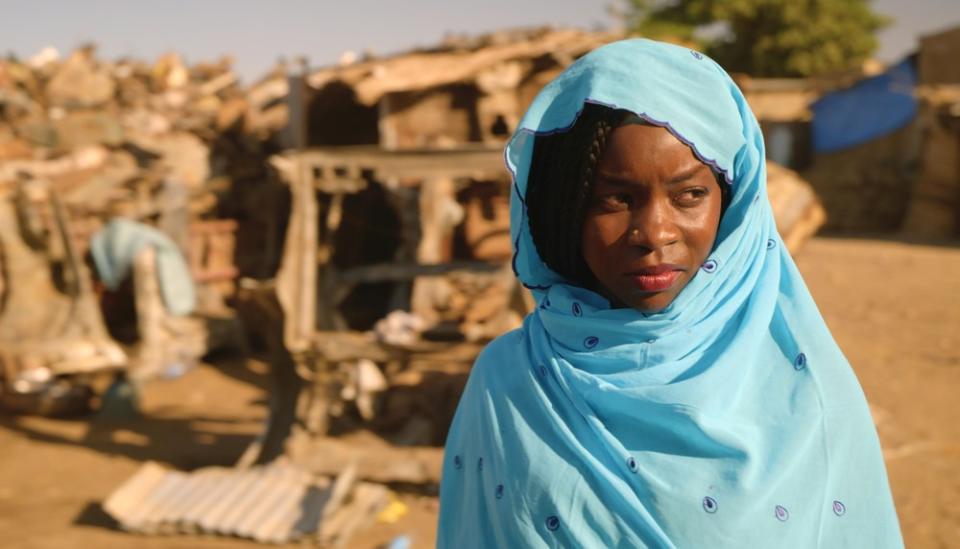
Cannes
Mahamat-Saleh Haroun’s slender yet riveting “Lingui, the Sacred Bonds” is a story about a woman trying to secure an abortion for her 15-year-old daughter in a country where terminating a pregnancy violates both national and religious laws, but — as its title suggests in two different languages — this soft hammer of a social drama is less concerned with the cruelties of Chad’s politics than it is with how people help each other to endure them together.
“Lingui” is a Chadian term that represents a tradition of altruism; a collective resilience in the face of catastrophic ordeals. When a group of young men wordlessly pull the teenage Maria (Rihane Khalil-Alio) out from a riverbed after she tries to drown herself, that is lingui. When Maria’s mother Amina (Achouackh Abakar Soulymane) agrees to aid her estranged sister at a moment of irrevocable crisis, that is lingui. When Maria’s school, afraid of how gossip might reflect on them, expels the girl the minute they learn of her delicate condition… that is why lingui is so necessary. The entrancing space that “Lingui” notches between personal circumstance and elemental strife mirrors the balance Haroun strikes between his spartan approach to narrative and newfound visual command (the lush saturation of Mathieu Giombini’s cinematography helps distinguish this from even the best of Haroun’s earlier films, such as “Grigris” and “A Screaming Man”). It also allows Haroun to arrive at the perfect grace note for a story that would risk betraying the harsh reality faced by Chad’s women if it resolved with a fairy tale ending. Lingui can only exist in the face of great hardship, and Haroun’s surprisingly cathartic film honors the tradition by celebrating the fact that it still does. —DE
“Memoria” (Apichatpong Weerasethakul)
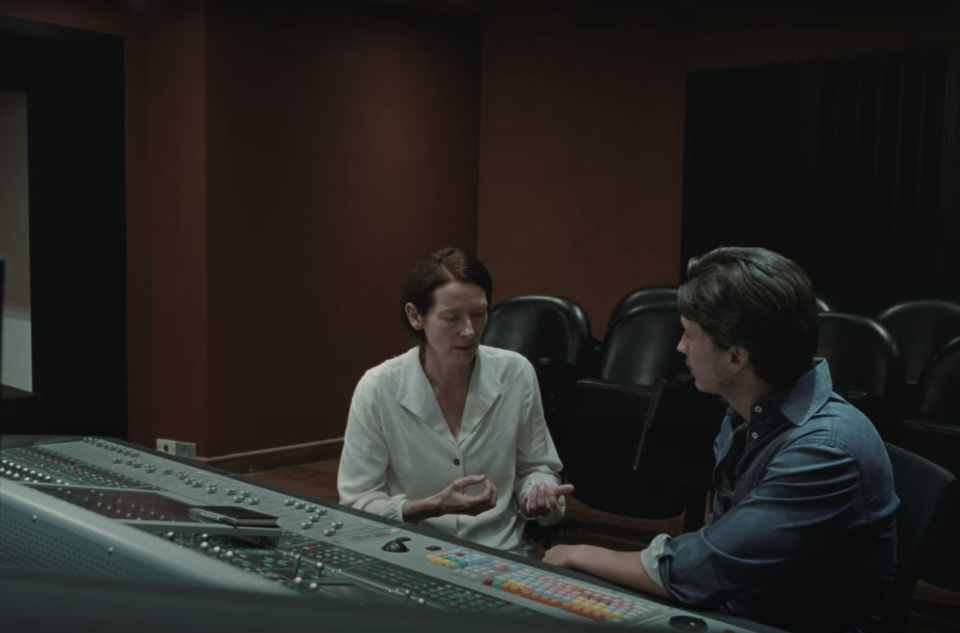
YouTube/screenshot
“Memoria” begins with the first jump scare in Apichatpong Weerasethakul’s career, but the sudden impact isn’t as relevant as the way it resonates in the silence that follows. Anyone familiar with the slow-burn lyricism at the center of the Thai director’s work knows how he adheres to a dreamlike logic that takes its time to settle in. The Colombia-set “Memoria,” his first movie made outside his native country, does that as well as anything in “Uncle Boonmee Who Can Recall His Past Lives” or “Cemetery of Splendour.” But this time around, there’s a profound existential anxiety creeping in.
With Tilda Swinton’s puzzled gaze as its guide, “Memoria” amounts to a haunting, introspective look at one woman’s attempts to uncover the roots of a mysterious sound that only she can hear. More than that, it’s a masterful and engrossing response to rush of modern times and the collective amnesia it creates. Anyone frustrated by its patience only serves to prove the point. —EK
“Red Rocket” (Sean Baker)
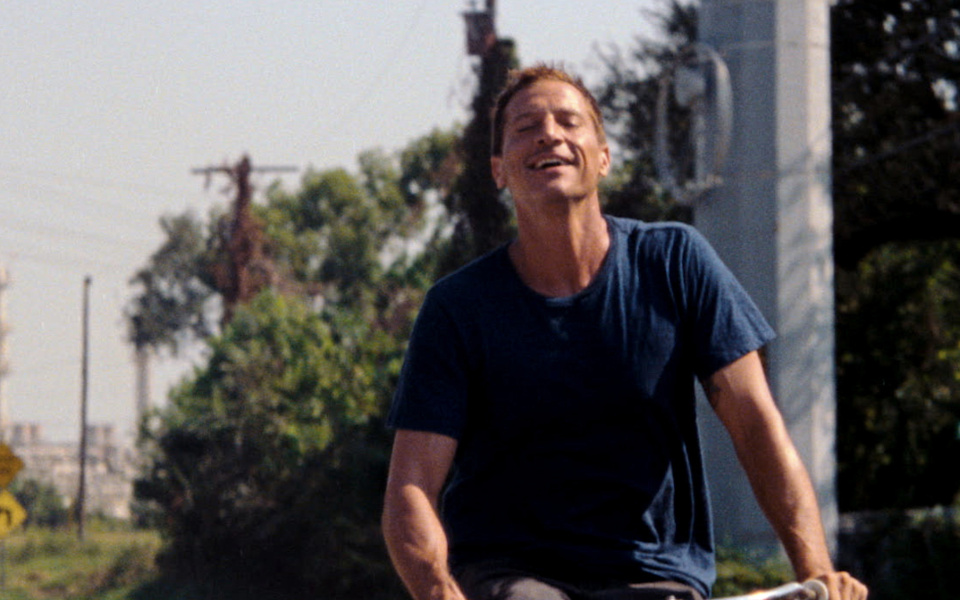
A24
A roman candle of a movie that wonders if America’s pathological narcissism will ever burn itself out, Sean Baker’s triumphant (if much less cuddly) follow-up to “The Florida Project” stars former MTV VJ and “Scary Movie” star Simon Rex (aka Dirt Nasty) as Mikey Saber, a thoroughly washed up but hyper-opportunistic ex-pornstar who returns to his Texas hometown with little money and even less concern about who he might have to fuck over for a second chance. From his estranged wife (Bree Elrod), to her skeptical mom (first-timer Brenda Deiss, who Baker discovered outside a Porta Potty), to the freckle-faced under-age girl who works at a local donut shop next to a sea of oil refineries (overnight sensation Suzanna Son), Mikey has never met a woman he isn’t willing to dick over.
Anchored by Rex’s manically self-absorbed performance — think Howie Bling meets Bradley Cooper in “Silver Linings Playbook,” but even more destructive than that sounds — and fleshed out by faded 16mm cinematography that recalls the golden years of New Hollywood, Baker’s explosive character study looks for any last scraps of light in a country that’s on the brink of darkness, and by some miracle it finds them in the most unexpected places. —DE
“The Souvenir Part II” (Joanna Hogg)
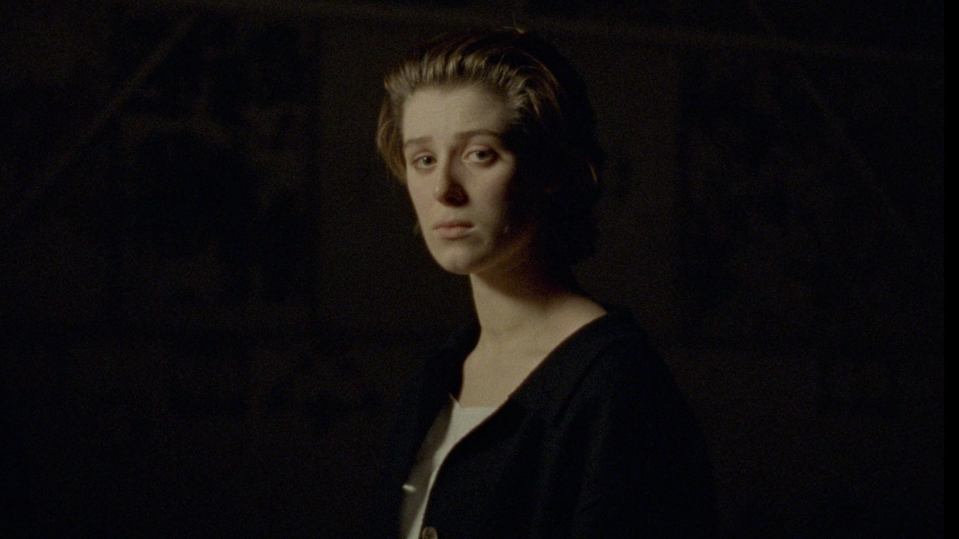
Joanna Hogg’s miraculous 2019 cine-memoir “The Souvenir” ends with its posh, navel-gazing, and newly grief-stricken heroine — a 25-year-old film student in 1980s London who falls in love with a heroin addict — standing on the precipice of herself. Her name is Julie Harte, she’s played by Honor Swinton Byrne, and she lives in an immaculate recreation of the writer/director’s former apartment, built on a soundstage and surrounded by massive blow-ups of the photos Hogg once snapped through the windows of that flat. The story could’ve ended there, but we’re so glad that it didn’t, as “The Souvenir Part II” is another extraordinary work of meta-fiction. As vulnerable as its predecessor and textured with the same velvet sense of becoming, “Part II” adds new layers of depth and distance to the looking glass of Hogg’s self-reflection, particularly when it follows Julie through the fraught process of making her graduation film… a short which just so happens to be the story of a 25-year-old film student in 1980s London who falls in love with a heroin addict.
Not only is the set in Julie’s film virtually identical to the apartment from “The Souvenir,” it is the apartment from “The Souvenir,” only this time the camera pulls back to reveal the airplane hangar that surrounds it. In essence, Hogg is making a movie about her younger self making a movie about her younger self’s worst heartbreak, which is effectively a remake of the previous movie that Hogg made (the press notes adroitly refer to “Part II” as “a deconstruction of a reconstruction”). And while the view through that infinity mirror of romantic dramas isn’t nearly as confusing as it might sound on paper, or at all, it also further complicates itself in dazzling fashion by the end, as determined recreation gives way to a richer synthesis of memory and imagination. —DE
“Stillwater” (Tom McCarthy)

Focus Features
Directed and co-written by the “Spotlight” Oscar winner, French-American hybrid “Stillwater” stars Matt Damon as an Oklahoma everyman who tries to free his daughter (Abigail Breslin) from a French prison with help from local single mom Camille Cottin (“Call My Agent”). Working with American Marcus Hinchey (“All Good Things”) and Jacques Audiard regulars Thomas Bidegain (“Rust and Bone”) and Noé Debré (“The Racer and the Jailbird”), McCarthy fashions a smart, emotionally resonant movie that throws a dysfunctional family into the exotic and often dangerous Marseille. Inspired by Amanda Knox, this fish-out-of-water tale drops a laconic, poorly educated roughneck into a foreign culture as he tries to prove his worth to himself and his daughter, who claims she is innocent of the murder of her lesbian lover. McCarthy effectively draws the audience into this shut-down man’s dawning awareness of an emotional life beyond the confines of Oklahoma oilfields as he bonds not only with an empathetic local actress (Cottin) but her winsome young daughter (Lilou Siauvaud). As this troubled father and daughter seek redemption, they learn other lessons in this hardscrabble port town. —AT
“Titane” (Julia Ducournau)
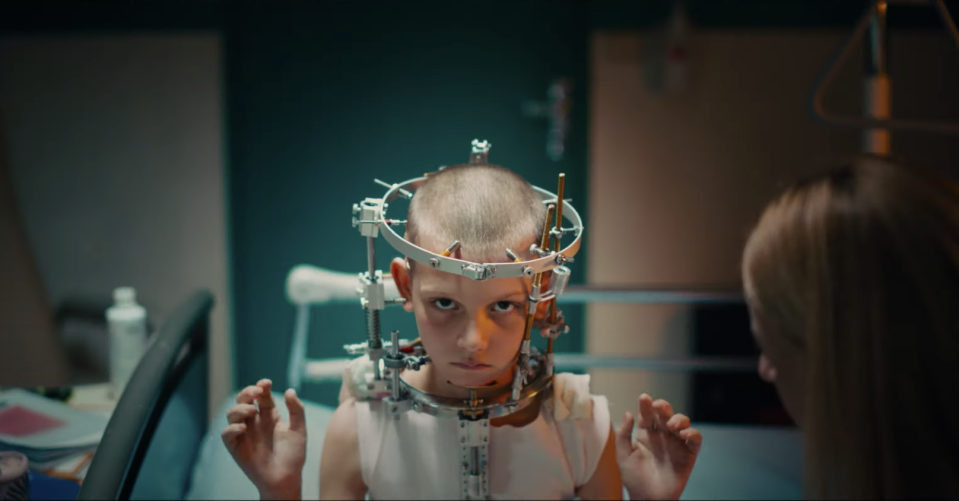
Neon
From the start to the mind-bending finale of this taut, kinky thriller, the director is in complete control. Ducournau’s historic Palme d’Or-winning follow-up to the cannibal movie “Raw” is a genre mashup of “Christine” and “Crash” that keeps the audience off-balance throughout, as the movie’s love-deprived, whip-smart antihero Alexia (breakout Agathe Rousselle), who emerges from a fiery car crash with a titanium plate in her skull, engages in body-throbbing sex with a hot car and embarks on a killing spree using a metal spike as her weapon of choice. In order to evade police, Alexia binds her breasts and takes on the identity of Adrien, a long-missing boy-turned-teen. The father, a steroid-enhanced, muscled fire chief (well-cast everyman Vincent Lindon), embraces his prodigal son with a level of affection and acceptance that Alexia has never experienced. Suddenly, the movie pivots to a fascinating exploration of family and gender dynamics, as Adrien doesn’t exactly mesh with his father’s macho fire brigade. Far too provocative to be France’s Oscar submission, the movie is still a must-see. —AT
“The Velvet Underground” (Todd Haynes)
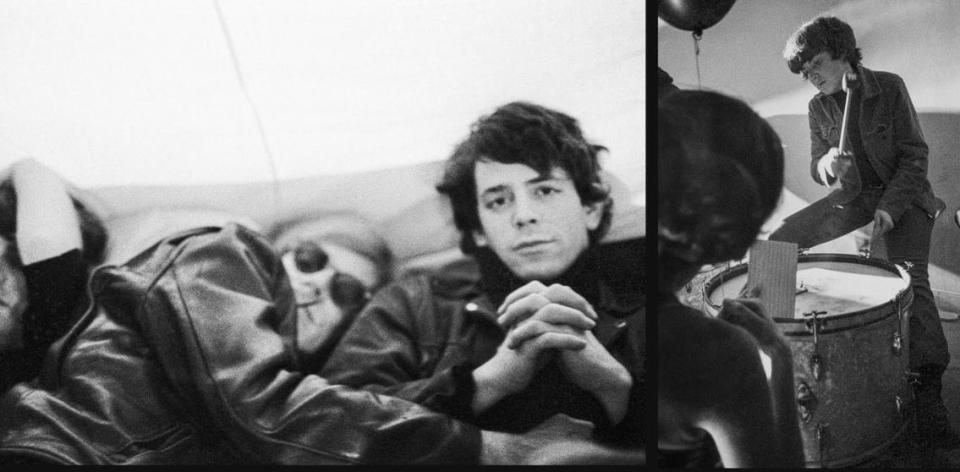
Hypnotically vibrating in the fuzzy black space between a very special episode of “Behind the Music” and the longest film that Stan Brakhage never made, Todd Haynes’ “The Velvet Underground” is a documentary (his first) by a man whose previous musical tributes include a glam-rock fantasia that gave David Bowie the “Citizen Kane” treatment, a “Mishima”-esque kaleidoscope that refracted Bob Dylan through the infinity mirror of his own myth, and an underground Karen Carpenter biopic that cast the late singer as a literal Barbie doll. Haynes is less interested in reinterpreting the Velvets than he is in remembering them. And not just them, but also remembering the perfect catalyst of creative energies and tore it asunder before most of the world even began to recognize what it meant.
The historical fact of their transgressive greatness has been distilled/immortalized/done to death by t-shirts, dorm-room décor, The Strokes, et al., but Haynes also captures the specific texture of the creative freedom that conjured the Velvets from the heteronormative safety of “Mad Men”-era New York. Just when you thought you’d rather watch all eight hours of “Empire” for the second time than ever sit through another fucking documentary about Andy Warhol, this lucid history sparks a new appreciation of what his factory made possible. —DE
“Vortex” (Gaspar Noé)

screenshot
Gaspar Noé is the kind of mad scientist filmmaker whose very name invites expectations of provocative experimentation. “Vortex,” which clocks in at 142 minutes and spends almost all of them in split screen, would appear to be consistent with that trend. Yet this quiet, slow-burn look at an elderly couple suffering from dementia and other ailments is a grounded, emotional variation of “Amour,” as well as the the most sensitive and accessible work from a filmmaker for whom those descriptors rarely apply. With an unnamed couple (Italian giallo master Dario Argento and “The Mother and the Whore” star Francoise Lebrun) at its center, Noé explores the end of his characters lives as the woman gradually loses her mind and her husband struggles to deal with the fallout.
The minimal plot of “Vortex,” which was improvised off a 10-page concept and shot in early 2021, suits its fly-on-the-wall approach: Much of the movie has been built around the prospects of simply watching people go about their lives, either in denial of the fragility surrounding them or distracted from it by routine. The split-screen device injects a constant anxiety to the proceedings, as each moment is rich with uncertainty about where we should look to catch the right moments. That’s the same emotion afflicting the characters as they begin to experience the claustrophobia of their surroundings and the looming sense of losing control. “Vortex” certainly doesn’t offer the kind of organized chaos that the filmmaker’s most committed fans expect, but it’s still an ambitious technical gamble that pays off with profound emotional intrigue that’s well worth the investment. —EK
Best of IndieWire
Cannes 2021 Deals: The Complete List of Festival Acquisitions
New Movies: Release Calendar for July 16, Plus Where to Watch the Latest Films
Wes Anderson's Favorite Movies: 35 Films the Auteur Wants You to See
Sign up for Indiewire's Newsletter. For the latest news, follow us on Facebook, Twitter, and Instagram.

